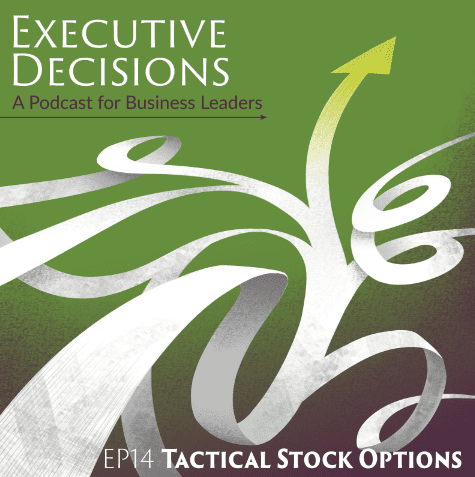
The Legacy Dan Wheeler Left Us and Why it Matters to You.
Are you familiar with the butterfly effect, or how small actions can have big, often unexpected ripple effects? The classic example (and its name source) is a butterfly flapping its wings in one locale altering the air pressure just enough to generate a tornado halfway around the world. Next question: Have you ever heard of Dan Wheeler? Unless you are an independent, fee-only financial advisor, you probably don’t know this unsung hero. But despite his







